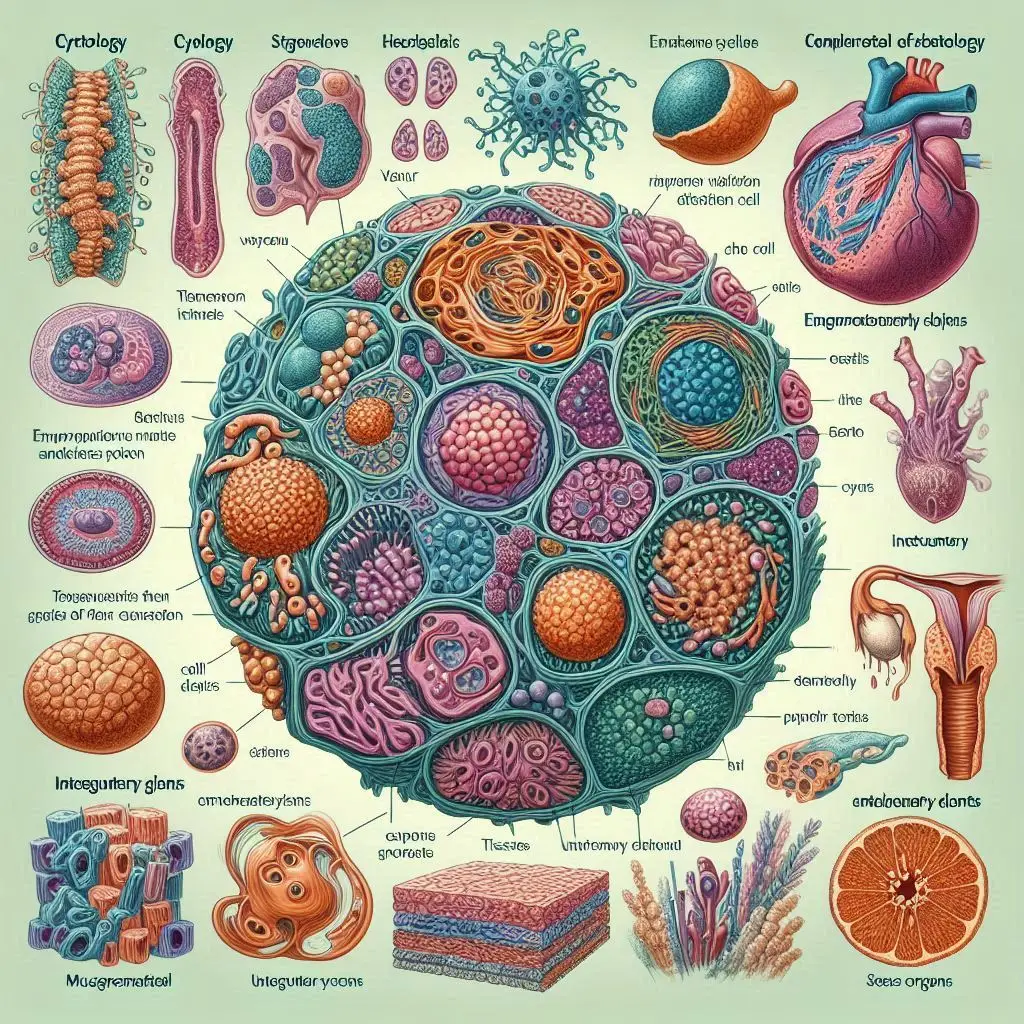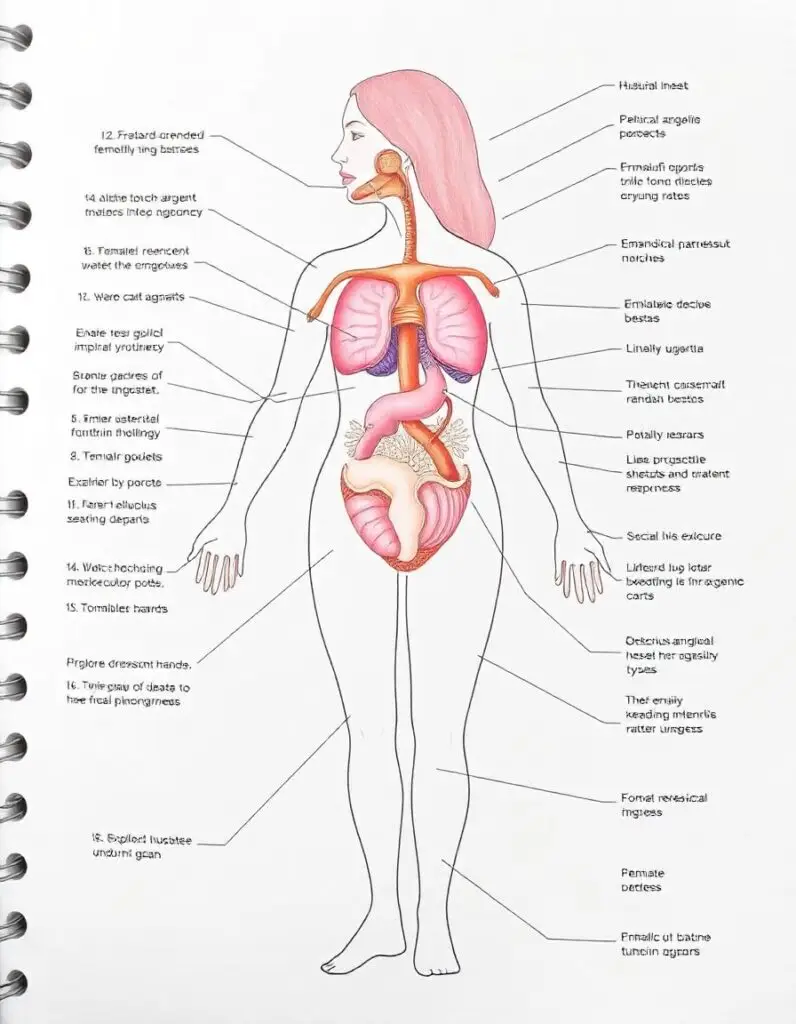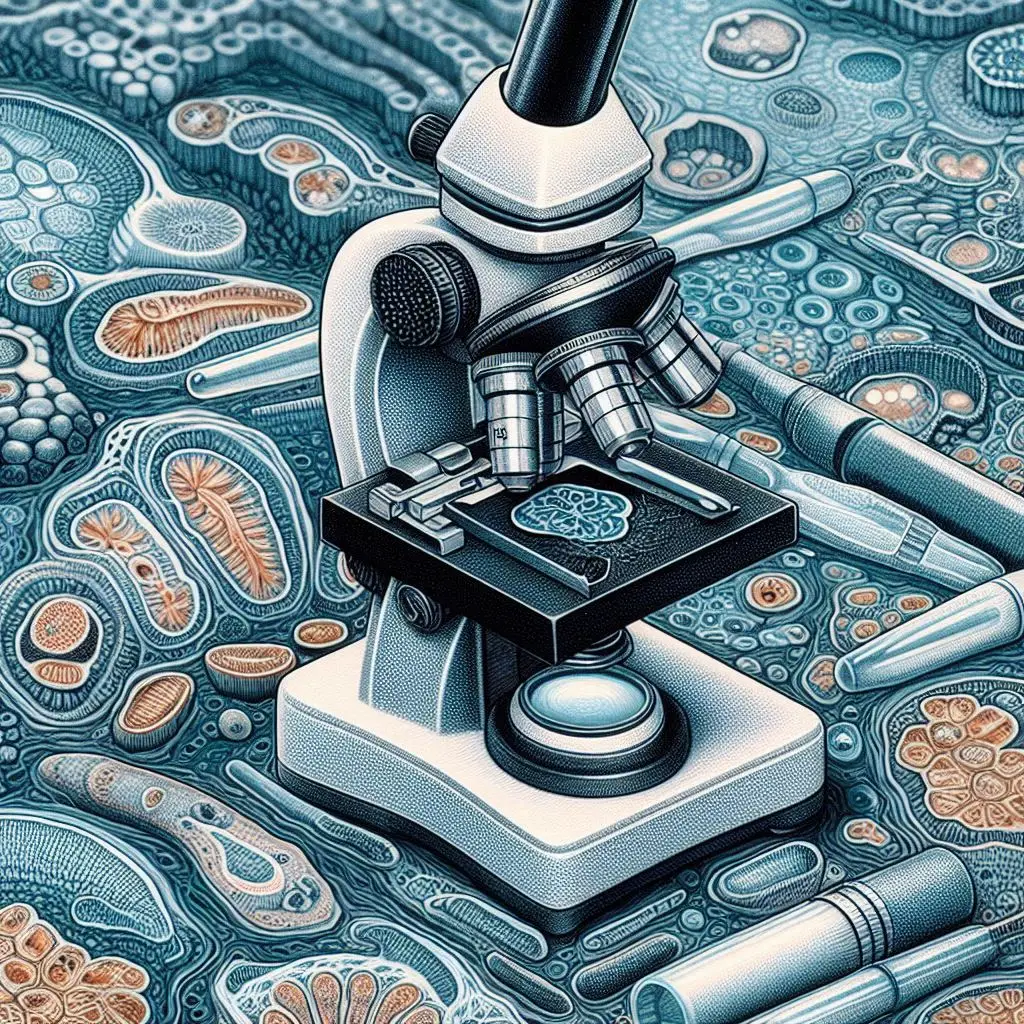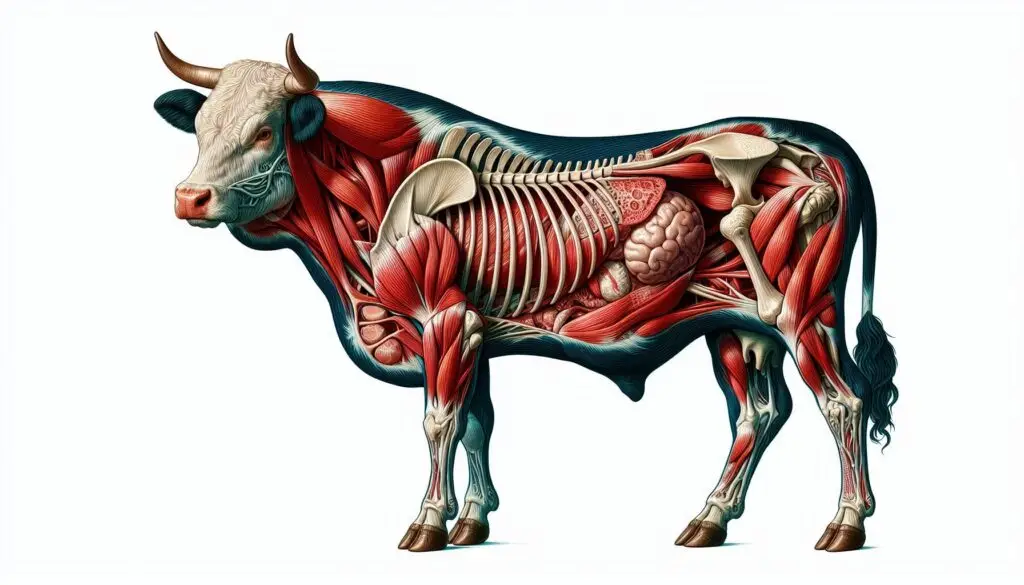Bull Seminal Vesicles

Anatomy of Seminal Vesicles
Structure and Location
The seminal vesicles are paired glands located near the urinary bladder. They are about 5 to 10 cm long and 3 to 5 cm wide. Their convoluted tubular structure allows for efficient secretion of seminal fluid.
- Position: These glands sit behind the urinary bladder and next to the ampullae. They connect to the vas deferens, forming the ejaculatory duct that leads into the prostatic urethra.
For more detailed anatomical insights, you can refer to this resource.
Histology of Seminal Vesicles
The histological structure of seminal vesicles includes:
- Epithelial Cells: The secretory epithelium is primarily columnar.
- Connective Tissue: Surrounding the epithelium is a layer of smooth muscle that aids in the expulsion of secretions during ejaculation.
Understanding this structure helps in diagnosing conditions affecting these glands.
Function of Seminal Vesicles
Fluid Production
The seminal vesicles produce a viscous fluid that makes up about 70% of semen volume. This fluid contains:
- Fructose: Provides energy for sperm cells.
- Prostaglandins: Help modulate female reproductive tract responses.
This production is vital for ensuring sperm viability and motility. For further reading on seminal fluid composition, check out this article.
Buffering Action
The alkaline nature of the fluid secreted by the seminal vesicles neutralizes acidity in both the male urethra and female vagina. This buffering action is crucial for sperm survival post-ejaculation.
Clotting Factors
The seminal vesicles also secrete clotting factors. These factors help keep semen within the female reproductive tract after ejaculation, increasing the chances of fertilization.
Clinical Significance of Seminal Vesicles
Common Disorders
Vesicular Adenitis (Vesiculitis)
Vesicular adenitis is an inflammation or infection of the seminal vesicles. It can significantly impact fertility.
- Symptoms: Often asymptomatic but may include purulent material in semen and enlarged vesicles on rectal examination.
For more information on this condition, visit this veterinary resource.
Diagnosis
Diagnosis typically involves:
- Rectal Palpation: A veterinarian can assess for asymmetry or enlargement.
- Semen Analysis: Microscopic evaluation may reveal white blood cells or abnormal sperm morphology.
Treatment Options
Treatment for vesicular adenitis often includes:
- Antimicrobials: Broad-spectrum antibiotics are commonly prescribed.
- Supportive Care: Maintaining hydration and nutrition during recovery is essential.
Bulls diagnosed with this condition may be deemed unsatisfactory breeders until they recover fully.
Importance of Seminal Vesicle Health
Maintaining the health of seminal vesicles is crucial for optimal fertility in bulls. Regular veterinary check-ups can help identify issues early.
Best Practices for Breeders
- Regular Health Checks: Schedule routine examinations with a veterinarian.
- Monitor Breeding Performance: Keep track of breeding success rates.
- Maintain Proper Nutrition: A balanced diet supports overall reproductive health.
For more insights on bull fertility management, consider reading this comprehensive guide.
Conclusion
In summary, the seminal vesicles play a vital role in bull reproduction. Their functions include fluid production, buffering action, and providing clotting factors that enhance sperm viability. Understanding their anatomy and potential disorders can help improve breeding practices and overall herd health.
By prioritizing the health of these glands, breeders can ensure better fertility outcomes and enhance their cattle operations. For further information on bull reproductive health, visit this educational site.
More from Veterinary Physiology:
https://wiseias.com/female-reproductive-organs-animals/
https://wiseias.com/estrus-behavior-lactating-buffalo-summer/
https://wiseias.com/early-embryonic-development-lactating-buffalo/
https://wiseias.com/early-embryonic-development-lactating-buffalo/
https://wiseias.com/enhancing-reproductive-efficiency-cattle-summer/






Responses